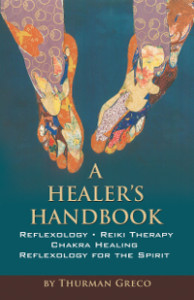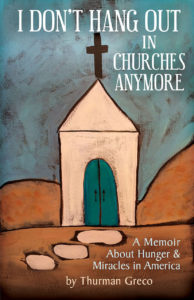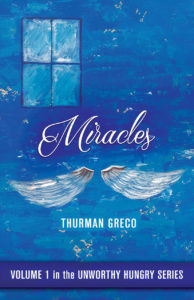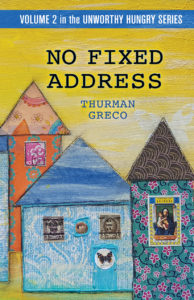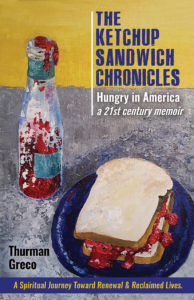Supermarket Abandonment
Woodstock is a food desert. Hard to imagine, isn’t it? Woodstock lacking in anything. After all, 60% or so of Woodstock’s residents are weekenders with homes in the city. They venture up on weekends, hang out and entertain their friends with foods coming from the Sunflower, Sunfrost, the Cub Market. The main ingredient for their meat dishes most often comes from the well stocked Woodstock Meats.
But, what about the rest of the crowd who live here 7 days per week? The lucky ones with working automobiles shop at Hurley Ridge Market on 375 in Hurley, the Price Chopper in Saugerties, or one of the other chains in Kingston: Shoprite, Hannaford’s, Adams Fairacre.
Higher income locals also shop at the Sunflower, Sunfrost, Cub Market. Additionally, they shop in Saugerties or Kingston at Mother Earth’s.
These upscale shoppers, both locals and weekenders, focus their purchases on all natural, organic. Hudson Valley grown food. Popular buzz words are organic, non-GMO, Paleo, free range, antibiotic free, gluten free, hormone free, and…you get the picture.
Those who are not vegetarians or vegans also shop at Woodstock Meats and maybe at Adams Fairacre. The point here is that these shoppers participate in consumption trends associated with their lifestyle and health. And, with the upscale foods available in Woodstock, they’re able to get anything they want, whenever they want it.
The not-so-lucky live a different way. The Woodstock resident without a working automobile shops at the CVS, Rite Aid, Cumberland Farms.
The Woodstock resident without a working automobile gets Sunflower products by diving in the dumpster behind the store and by shopping at pantries located at Family of Woodstock, Holy Ascension Monastery, and in the Woodstock Reformed Church. Some homebound Woodstock residents benefit from Sunflower’s benevolency with produce and bread donated regularly to Meals on Wheels. These meals are delivered to their homes throughout the week for $3.00 per meal.
In years past, the Grand Union was extremely popular in Woodstock. Community groups held raffles, Girl Scouts sold cookies, and neighbors visited with one another while shopping. After snow storms, everyone went to Grand Union, shopped for milk, butter, and eggs, and swapped snow stories.
It was indispensable for the elderly and those without cars. In 2001, the Grand Union closed and CVS got the space. In typical Woodstock fashion, residents took to the streets with demonstrations. But, it was to no avail. On April 11, 2001, Woodstock became a food desert.
The result? Many local people walking on the sidewalks of Woodstock today don’t have enough $$$ to purchase a sufficient supply of nutritious food. Food insufficiency is also known as food insecurity. More people than we realize deal with this situation on a daily basis.
Without access to nutritious food, they suffer from overconsumption. When a person eats too much of the wrong thing and too little of the right thing, hunger, poverty, and diseases such as diabetes overlap and connect.
For those of you who believe the fault is entirely that of the hungry, poverty stricken person: please remember that the community is as much to blame as the individual. People eat what they have access to. They don’t eat what they can’t get. Less prestigious stores in Woodstock offer too few choices of healthy and affordable food. They offer packaged food rich in fat, sugar, salt, preservatives, artificial coloring, artificial flavoring, pesticides.
As the wealthy and privileged shop for the best available food and adapt the latest food and health trends to their diets, the lower, less privileged class is left further and farther behind. They will probably never catch up.
Thank you for reading this blog/book.
Please share this article with your preferred social media network.
Please leave a comment.
Don’t forget to join the email list.
Peace and food for all.
Thurman Greco
